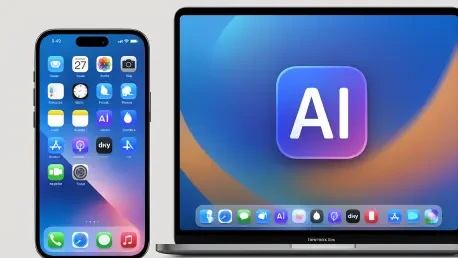Reliability fatigue was real after splashy redesigns and scattered AI promises across the industry, so Apple’s next act is aiming to calm the noise by pushing a quality-first cycle that restores speed, stability, and trust while laying tracks for pervasive intelligence that feels useful rather than ornamental. The 2026 releases—iOS 27 and macOS 27—were framed as a reset in the Snow Leopard mold: cut bloat, kill bugs, optimize launch paths, and make everyday tasks tangibly faster on current devices while preparing the stack for new hardware classes, including foldable iPhones. At the same time, Siri’s near-term boost in iOS 26.4 set a cadence for deeper changes, with “Apple Intelligence” leadership aligned under Craig Federighi, Sebastien Marineau steering user-facing features, and Mike Rockwell reshaping Siri—complemented by a pragmatic tie-up that brings Google’s Gemini into Apple’s Foundation Models.
Quality Reset With A Purpose
Apple positioned the 2026 cycle as a performance detox after the big visual turn in iOS 26, translating the Snow Leopard ethos into modern priorities: smaller memory footprints, quicker cold launches, and fewer crashes under heavy multitasking. That emphasis matters for a platform expected to span traditional slabs and a likely wave of foldables, where UI elasticity and sensor fusion demand a leaner core. The interim waypoint—Siri improvements in iOS 26.4—served as both a public proof and a staging area, especially as on-device routing and model selection became more dynamic. Developers stood to benefit from stricter regressions testing and more predictable APIs, while users expected fewer rough edges during major updates. The net effect aligned with market signals: durable reliability as the magnet for upgrades, not just new flourishes.
Beyond polish, Apple pointed the spotlight at a concrete slate of AI that reached into daily routines, aiming to avoid the trap of flashy demo loops. A health-focused agent tied to a Health+ subscription surfaced as a flagship idea, combining trend explanations, adherence nudges, and context-aware coaching without flooding users with gimmicks. Meanwhile, an expanded, AI-powered web search merged summarization with trusted citations to counter the hallucination problem and to compete with ChatGPT and Perplexity on clarity and privacy posture. Internally, the Apple Intelligence team had a mandate to keep user experience coherent across apps, while Rockwell’s Siri remit pushed toward task orchestration rather than chatter. A Gemini integration inside Apple’s Foundation Models signaled a practical stance: pair in-house safeguards with best-in-class partners when it improves outcomes.
What To Watch Next
The most actionable next steps were sketched in two tracks: tangible stability wins, and dependable AI that enhanced productivity without adding friction. On stability, meaningful indicators included improved app resume times, lower background power drain, and fewer “stuck” states after updates; on AI, the bar was set by latency, privacy disclosures, and the clarity of opt-in controls. A choice architecture for assistants—potentially letting users select third‑party AI providers—had emerged as a credible pressure valve for power users and enterprises, even as Apple guarded a unified experience. For the Health+ agent, success was measured by sustained adherence and clear, explainable recommendations rather than novelty.
The broader context—regulatory scrutiny, a resilient stock, and enterprise sales adjustments—had reinforced Apple’s cautious tempo, and the roadmap read as assertive but not reckless. As iOS 27 and macOS 27 approached, the platform repositioned itself around trust: predictable performance, transparent model sourcing, and sensible partnerships that filled capability gaps without diluting privacy promises. Developers had taken the hint to prioritize efficiency budgets, and consumers had gained a clearer picture of how AI would surface inside familiar apps, not as a separate destination. By pairing a Snow Leopard‑style tune‑up with practical intelligence, the strategy had set expectations for a steadier year—and left room for hardware surprises to land on software that was already tuned for them.









